How to Clean a Microfiber Cloth

Microfiber cloths attract dust, bacteria, dirt, and all sorts of other unwanted debris. As a result, they are a bit difficult to clean in a thorough manner, but by following a few simple steps, you can extend the life of your microfiber cloths. Here is how to clean them properly.
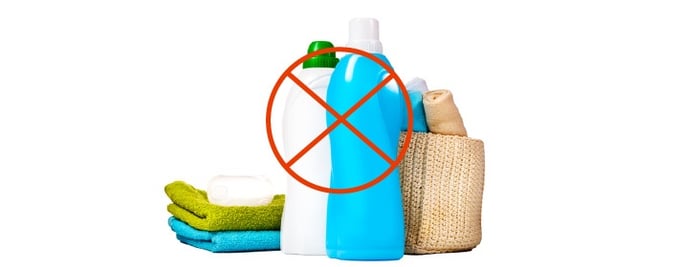
The Do's and Don'ts of Cleaning Microfiber Cloths
Though it is possible to wash a microfiber cloth in a machine or by hand, approaching the cleaning process in any old manner is sure to backfire. Heat should never be applied to the microfiber cloth during the cleaning process. It's also best practice to not add laundry detergent or fabric softener if you wash your microfiber cloth in a washing machine. This is due to the fact that microfiber cloths work best when used alone or with plain water. As a result, no cleaning products of any sort are necessary when removing grime from your microfiber cloth. If you apply cleaning solutions, they could sabotage the microfiber cloth's integrity and prevent it from functioning as designed.
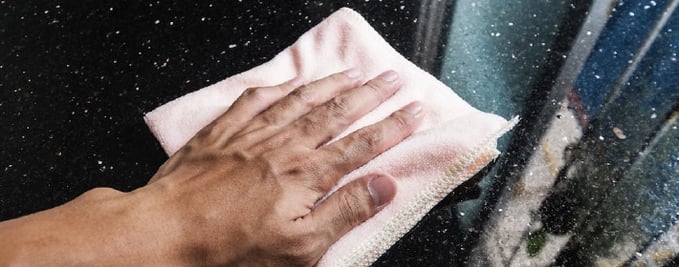
Cleaning a Microfiber Cloth by Hand
If you want to clean your microfiber cloth by hand, all you need is some plain water and a bowl or basin. Place the soiled microfiber cloth in warm to cool water. The water should not be blazing hot or ice cold. Move the cloth around with your hands so the dirt can be released. Rinse it off and let it air dry.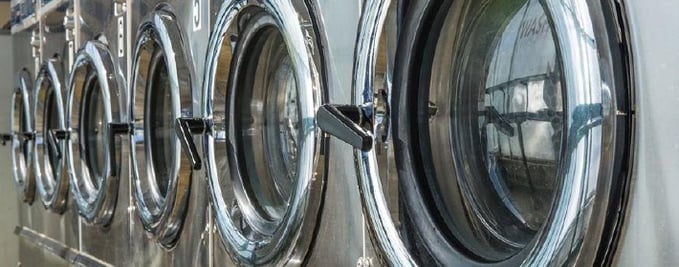
Cleaning a Microfiber Cloth in the Washing Machine
It's best to wash your microfiber cloths on their own separate from other linens. However, if you want to obtain more utility out of the wash cycle, you can add synthetic, non-linting items. Do not add cotton materials to the cycle. You can wash your microfiber cloth in a warm or cool setting. However, a warm setting is better than a cool one as heat serves to break apart polishes and waxes.
If you are lucky enough to have a washer with an extra rinse cycle, make use of it. This extra cycle will eliminate leftover soap, contamination, and other gunk as thoroughly as possible. Again - no need for add detergent. For more detailed instructions on washing microfiber towels, check out this helpful guide from Alsco. Air-dry the microfiber cloth after the cycle has been completed. You can also dry your microfiber cloth in a low-heat setting.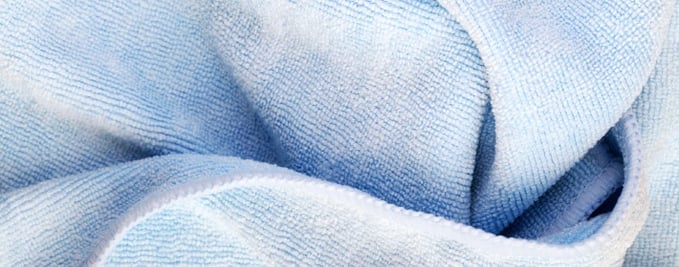
Tumble Dry, Air Dry, or Iron?
The microfiber cloth experts are adamant that air drying is the best way to lengthen the cloth's lifespan. Furthermore, air drying makes it nearly impossible for the cloth to accumulate loose particles that typically work their way into cloths during a tumble drying session. If you have the time, and patience, air drying is best.
If you use a dryer, put it on the lowest setting. Ideally, your dryer will have a no-heat setting you can use. Never add non-microfiber materials to the dryer when drying your microfiber cloth. Though you may want to iron microfiber cloth, doing so is a mistake. Irons infuse heat directly into the cloth and consequently, break down its fibers, and its ability to clean.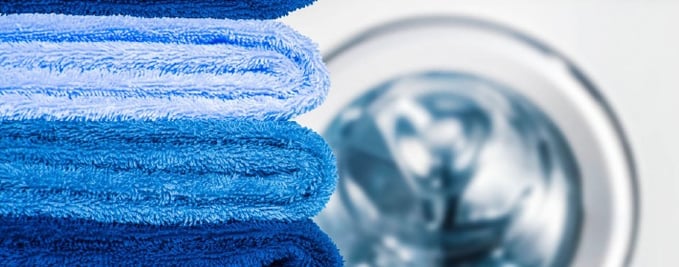
How to Clean Very Dirty Microfiber Cloths
If you have put off cleaning of your microfiber cloth and it has become soiled beyond the point that it can be cleaned with conventional methods, don't give up! You'll know if you have reached this point when the towels appear compromised and/or are less absorbent. The cloth might even smear surfaces. This is a clue that the fibers are loaded with residues and other gunk. The cleaning method of last resort is to boil the microfiber cloth. Only boil an overly dirty microfiber cloth if it does not have backing and/or foam cores.
Fill a cooking pot two-thirds full and bring the water to a boil. Place your cloth in the pot and reduce the heat for a light boil. Stir with a large spoon so the cloth does not rest against the sides or bottom of the pan. After a minute, remove the cloth and rinse with cool water. If boiling does not work, the cloth is likely at the endpoint of its lifespan. You can still use the cloth for less important jobs, but you should use a brand-new microfiber cloth for your cleaning tasks.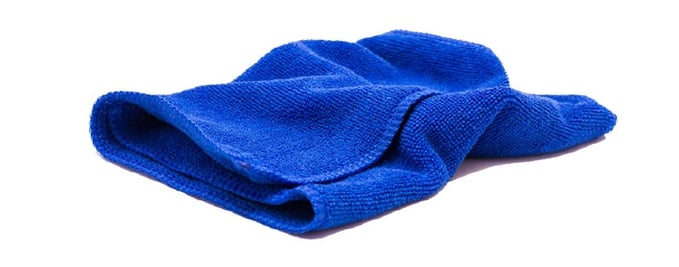
Frequency of Cleaning
It is awfully tempting to put off cleaning your microfiber cloth until they appear substantially dirty. However, this type of specialized cloth should be cleaned after every single use. Otherwise, reusing the cloth will possibly result in contamination that creates swirling. It is even possible that repeated use without cleaning will allow something to seep into the towel and become nearly impossible to remove at a later point in time.
Related Posts:
- How Microfiber Can Clean & Disinfect Almost Anything
- The Right Way To Clean Gym Equipment
- What's the Difference Between Cleaning, Disinfecting, and Sanitizing?
Empower your staff and reassure your community with our FREE downloadable cleaning and disinfecting guides for fitness centers, educational settings, hospitality facilities and more.
Topics from this blog: Product Resources
Back


